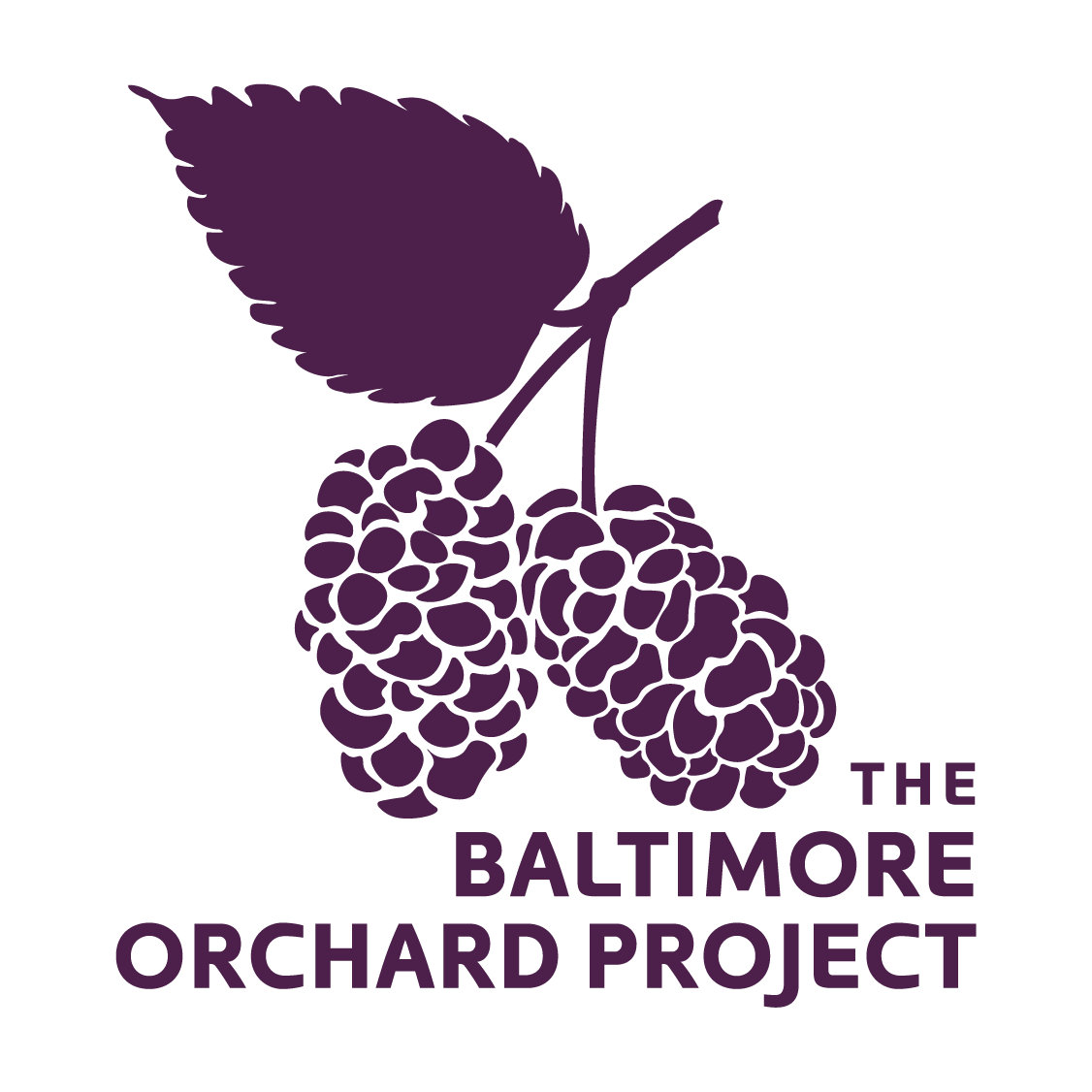Harvesting Knowledge: Community Pruning Event
Dozens of community members gathered to learn pruning techniques at an event in February cosponsored by the Baltimore Orchard Project (BOP) and Tree Trust at the Druid Hill Park Orchards.
The orchard, first established in 2012 by the BOP, is nestled within Druid Hill, one of the oldest and largest public parks in America. During the community pruning event, volunteers learned about the benefits of pruning as well as techniques and timing to support tree health.
Pruning a fruit tree is a beautiful mix of artistry and science, where timing is key. Experts from the Tree Trust shared the science and techniques behind effective pruning. Trees need to be pruned in order to release auxin, a key hormone that allows the lateral bud to break dormancy and grow, resulting in branching. Auxin arranges the redirection of growth, stimulates branching and shapes plants according to their desired shape during pruning. Invigorating cuts made at the end of winter close to dormancy promote faster and stronger growth during the growing season. In contrast, dwarfing cuts are made during the season and help to control the shape and size of a tree. Both types of pruning cuts are critical to support the health of a tree throughout its lifespan.
Equally important to timing are the tools for pruning. As one instructor joked, the cardinal rule of when to prune a tree is, “when your pruners are sharp,” It is also important to be prudent when wielding sheers. The rule of thumb when pruning a fruit tree is to cut a third of the tree at any given time, any more will put too much stress onto the tree. However, as experts shared, “It’s always better to prune than not to prune” in order to promote healthy growth.
Participants received valuable guidance on environmentally conscious spraying techniques. The application of copper to combat wintering pests, combined with horticultural oil, can be an effective pest management tool. However, it is important not to spray before the emergence of pollinators to avoid adverse effects on the ecosystem. Experts shared the importance of spraying trees and drenching the whole tree pre- and post-dormancy.
At the end of the session, volunteers put their newfound knowledge into practice. Equipped with pruners, they engaged in pruning the orchard themselves. Under the guidance of experts from BOP and Tree Trust, volunteers carefully selected branches and made precise cuts to promote optimal tree growth.
This interactive experience not only deepened their understanding of pruning but also fostered a sense of ownership and stewardship towards the orchard at Druid Hill Park. As they worked together, exchanging tips and techniques, the orchard was transformed with each thoughtful cut, paving the way for healthier, more bountiful harvests in the spring and summer.
The orchard, first established in 2012 by the BOP, is nestled within Druid Hill, one of the oldest and largest public parks in America.


